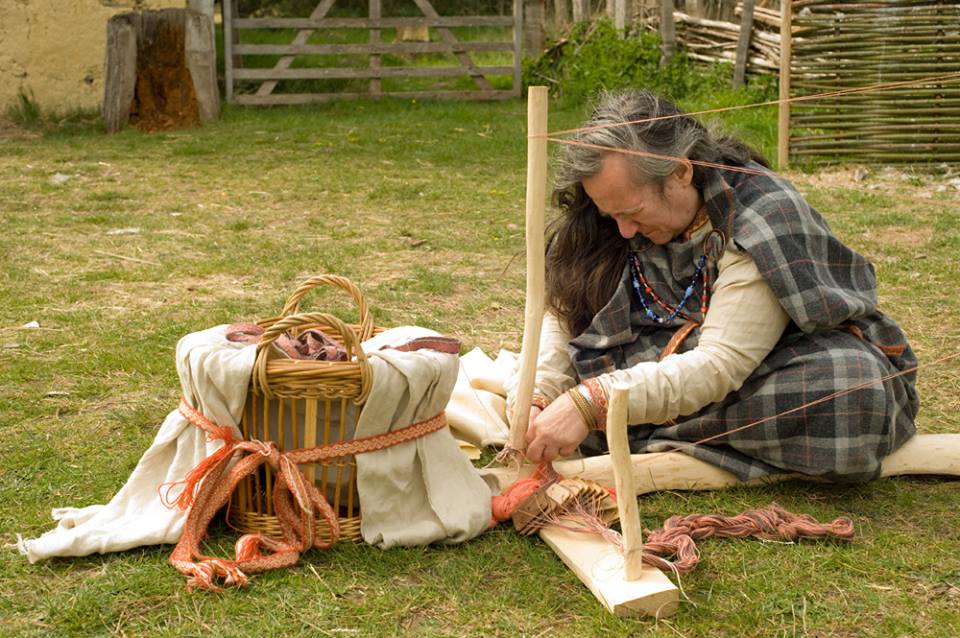I have more than one project on the go, as well as a UFO and a dog on the loom, but my tablet weaving is over halfway done, so I’m thinking about what pattern I want to do next, as I’m getting bored of ‘vine’, lovely though it is. I want to try double faced TW again. I’m thinking of trying out one of P Collingwood’s methods. I tried the basic alternate ZS 2 forward two back ages ago but I didn’t like the texture, and it was nothing like the satiny appearance of the double faced TW that a group of visiting Spanish re-enactors had. Collingwood’s book has (afaict) every conceivable method of TW, and he has at least two other methods for double faced weaving, one of which looks a lot like the Spanish one. so I was going to try and get to grips with that next, but . . .
My long term project is finding out what pattern weaves can easily be done on a WWL, and actually producing and documenting them. Some days ago, I was doodling possible weft paths, musing on the ‘Snape variant’ as depicted in P Walton Rogers’ book, ‘Cloth and Clothing . . .’ and realised that it was probably done for similar reasons for making twill rather than tabby, i.e. to make a thicker, warmer fabric, and that it was almost a double faced weave, and that at least a simple version of both plain and compound double weave might be fairly easy on a WWL. This morning, flicking through P Walton Rogers’ book, ‘Cloth and Clothing . . .’ to find her diagram of the ‘Snape variant’, to compare my doodles with, I spot a diagram of 3/1 weave, just like one of my doodles. How did I miss that? Oh, wait, it’s turned. That’s weird, why would you do it warp faced? Oh! It’s tablet weaving?! But there’s no twist. How does that happen? I have got to try that! Hmm the text is rather ambiguous. Now I need to find out if it’s the same as the double faced TW I was going to do or a different one, or something else entirely! PWR refers to PC anyway, so that’s handy. TW does tend to make my head spin though so I’m off to play with WeaveDesign for a bit.


